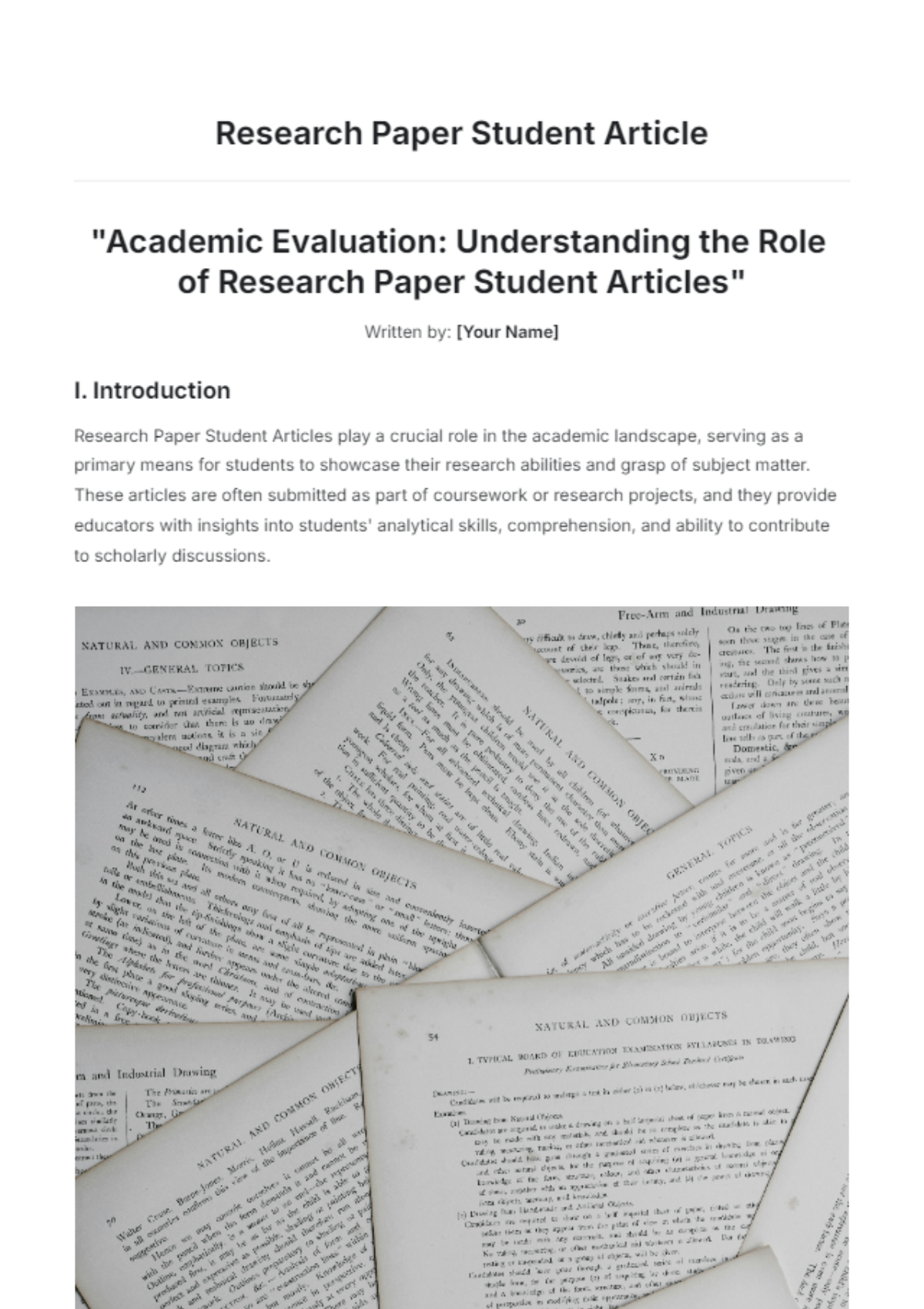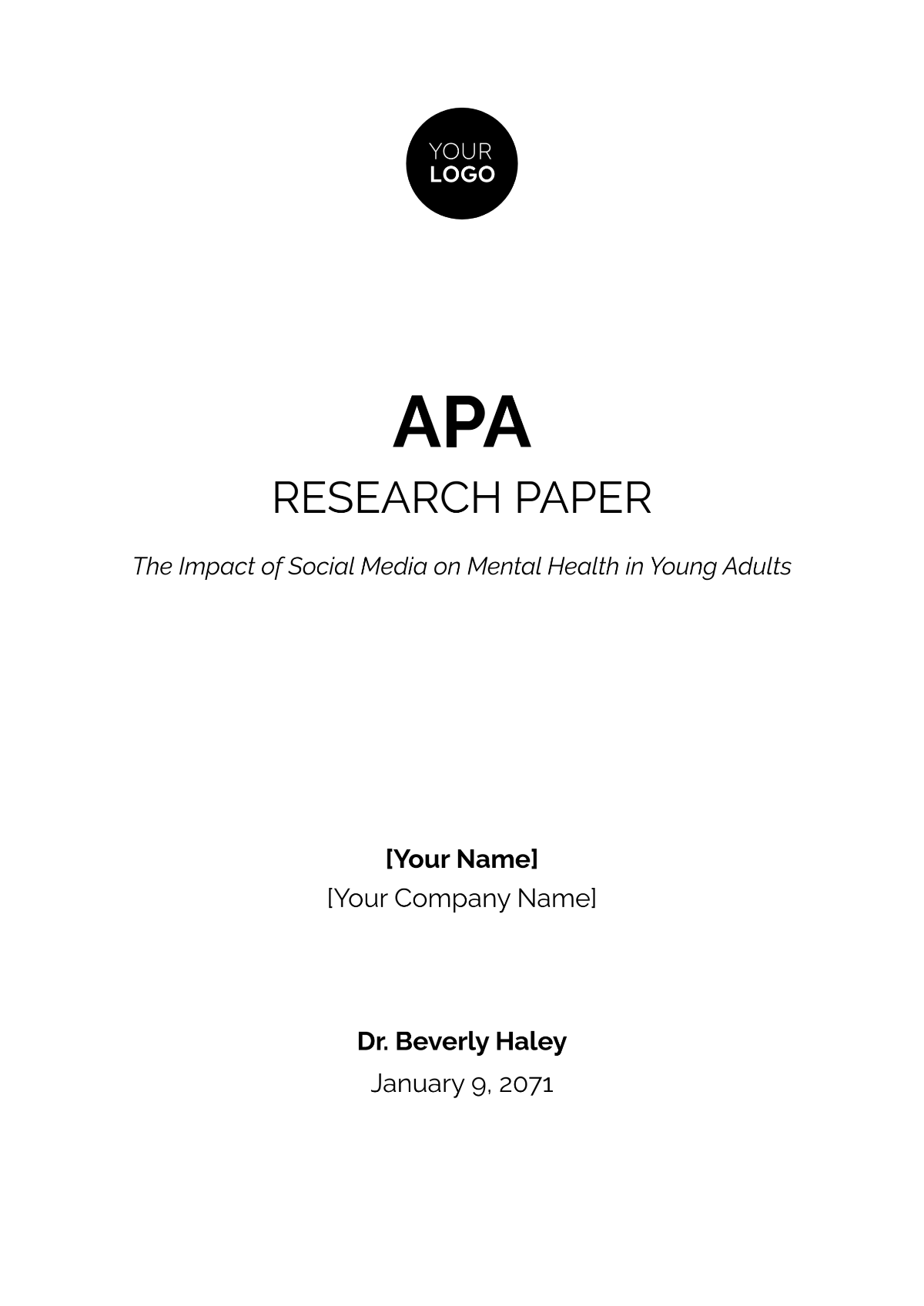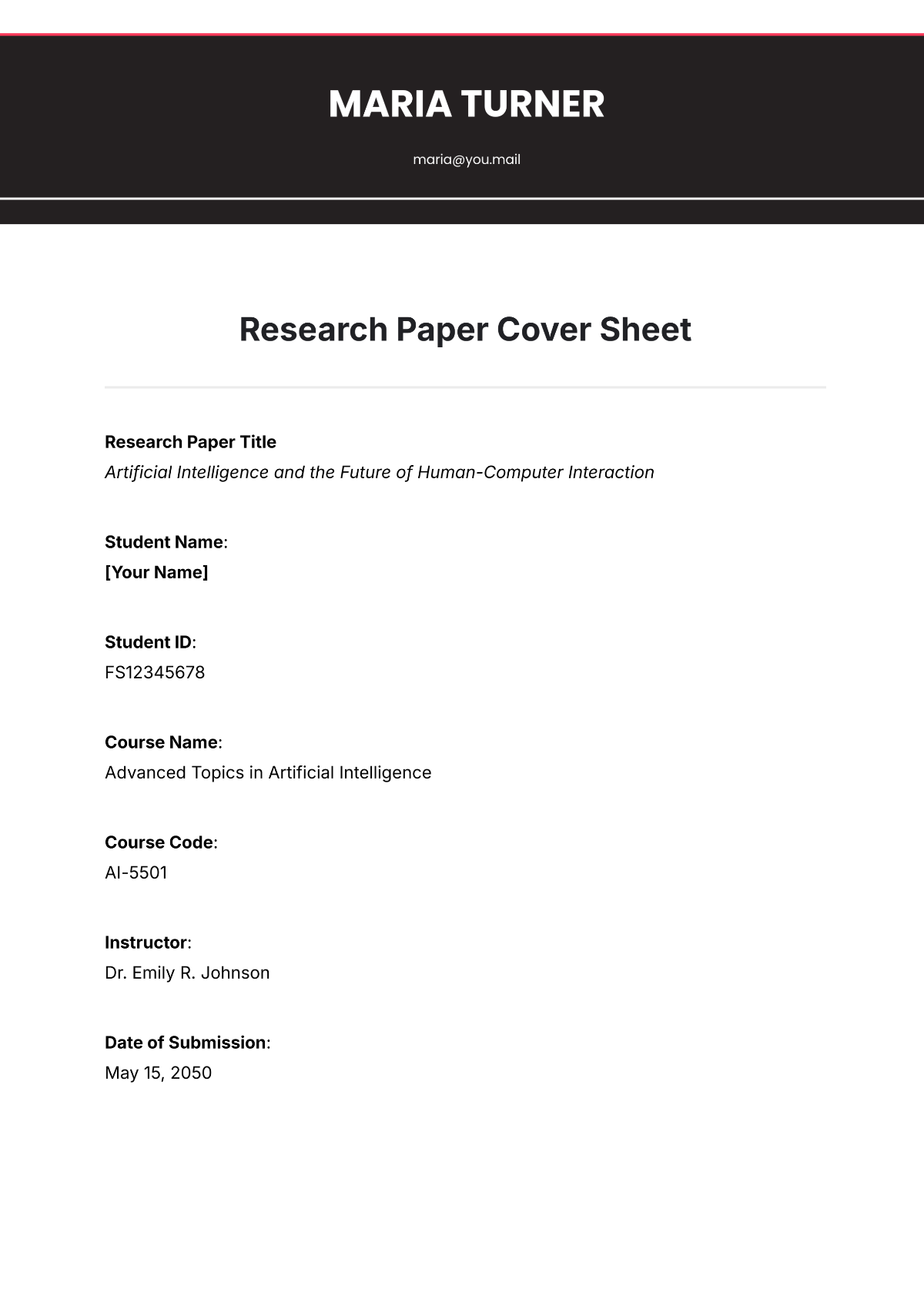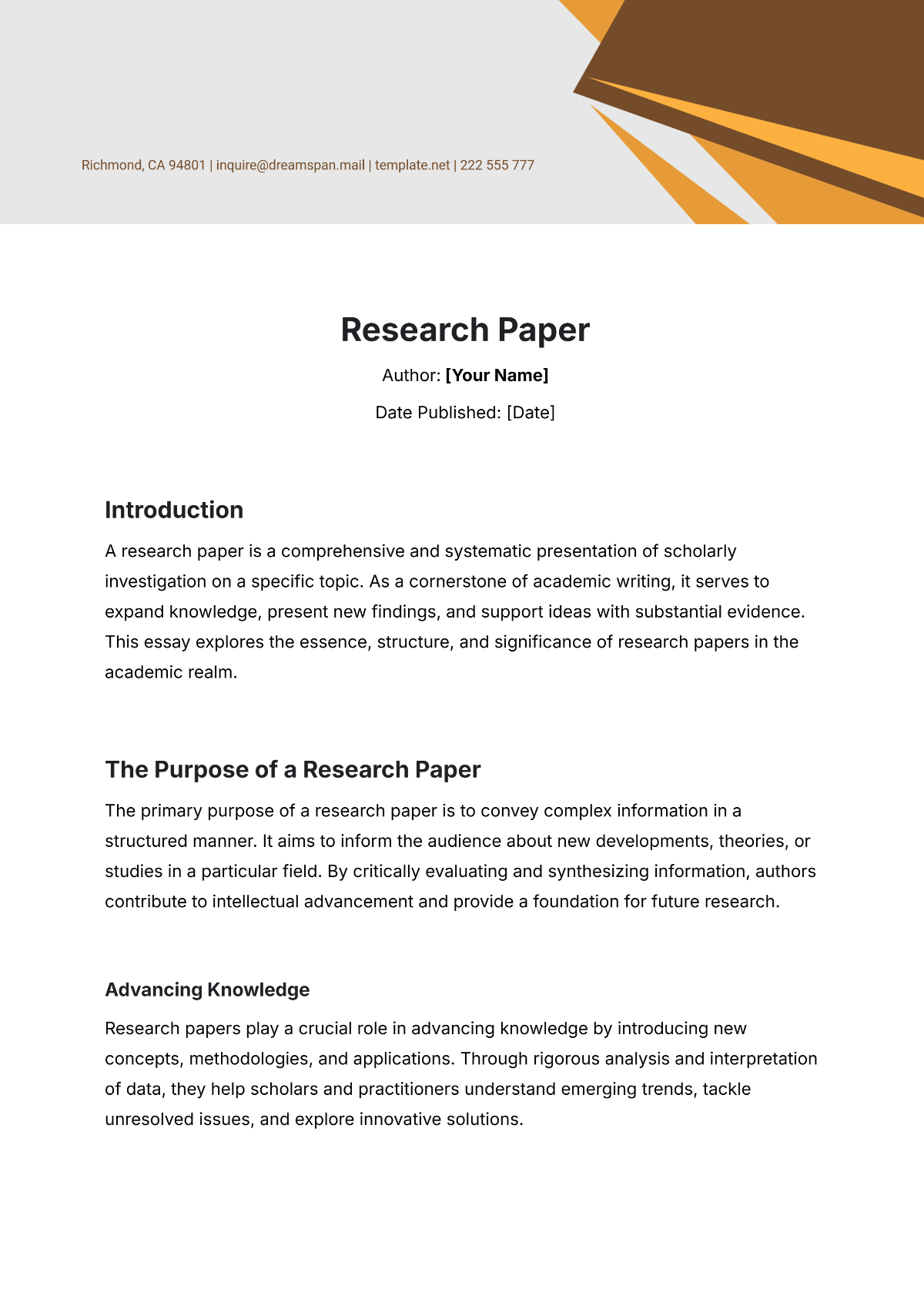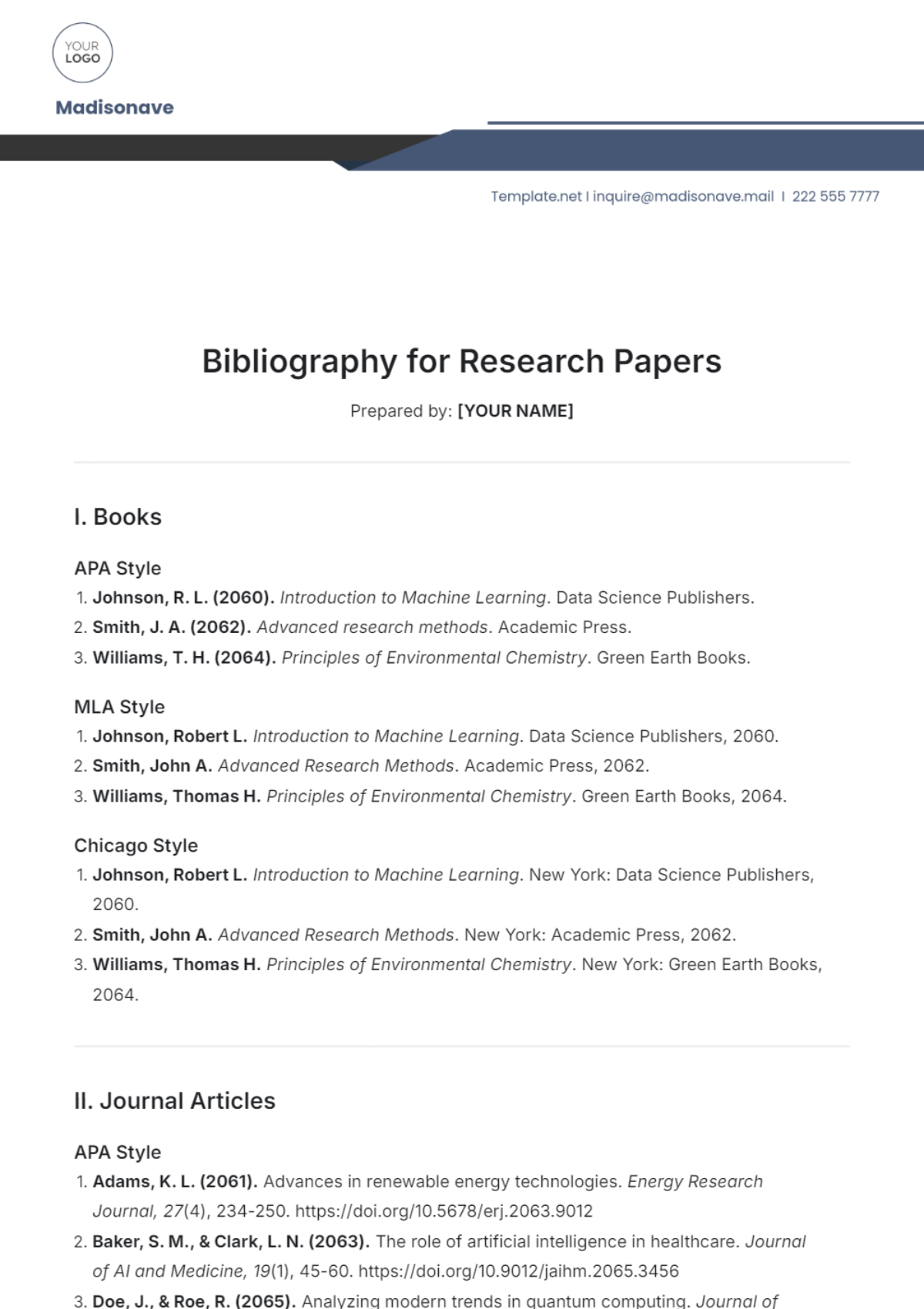Research Paper Chapter Outline
Chapter 1: Introduction
Background and Context
Overview: Digital marketing has transformed the way businesses interact with consumers. With the proliferation of digital platforms, companies are increasingly relying on online strategies to reach their target audiences. This chapter sets the stage for understanding the impact of digital marketing on consumer behavior.
Context: This section provides a brief history of digital marketing, including the development of tools like social media, email marketing, and search engine optimization (SEO). It also highlights how these tools have evolved over time and their integration into broader marketing strategies.
Importance: Understanding the impact of digital marketing is crucial for businesses aiming to optimize their marketing efforts and improve customer engagement.
Research Problem
Problem Statement: Despite the widespread use of digital marketing strategies, there is a lack of comprehensive understanding regarding their specific effects on consumer behavior. This research aims to address this gap by exploring how various digital marketing tactics influence consumer decision-making processes.
Research Questions:
How do social media marketing strategies influence consumer purchasing decisions?
What impact do email marketing campaigns have on customer loyalty?
Hypotheses:
H1: Social media marketing positively affects consumer purchasing decisions.
H2: Email marketing campaigns increase customer retention rates.
Objectives and Scope
Objectives:
To analyze the impact of social media marketing on consumer behavior.
To evaluate the effectiveness of email marketing on customer loyalty.
Scope: The study focuses on digital marketing strategies employed in the retail sector. It excludes other industries to provide a more targeted analysis.
Delimitations: The research will not cover traditional marketing methods or sectors outside of retail, which may limit the generalizability of the findings.
Significance of the Study
Contribution: This study will provide valuable insights into how digital marketing strategies can be optimized to enhance consumer engagement and increase sales.
Practical Implications: Marketers will gain actionable recommendations for designing more effective digital marketing campaigns tailored to consumer
preferences.
Structure of the Thesis
Chapter 1: Introduction
Chapter 2: Literature Review
Chapter 3: Methodology
Chapter 4: Results
Chapter 5: Discussion
Chapter 6: Conclusion
Chapter 2: Literature Review
Introduction to the Literature
Overview: This section introduces the literature review, explaining the methodology used for selecting and analyzing relevant studies.
Methodology: Description of search criteria, databases used, and inclusion/exclusion criteria for selecting studies.
2. Theoretical Framework
Key Theories: Discusses theories such as the Theory of Planned Behavior (TPB) and the Technology Acceptance Model (TAM), which provide a basis for understanding how digital marketing strategies affect consumer behavior.
Conceptual Framework: Outline how these theories relate to digital marketing and consumer decision-making.
3. Review of Empirical Studies
Social Media Marketing: Summarizes research on how social media marketing affects consumer behavior, including studies on engagement, brand loyalty, and purchasing decisions.
Email Marketing: Reviews empirical evidence on the effectiveness of email marketing, focusing on metrics like open rates, click-through rates, and conversion rates.
4. Synthesis and Critique
Analysis: Provides a comparative analysis of the findings from different studies, highlighting common themes and discrepancies.
Critique: Evaluates the strengths and limitations of existing research, such as sample sizes, methodologies, and generalizability.
5. Research Gaps
Identification: Points out gaps in the current literature, such as the need for more research on emerging digital marketing tools and their impact.
Rationale: This justifies why addressing these gaps is important for advancing the field and improving digital marketing practices.
Chapter 3: Methodology
1. Research Design
Design: Describes the research design, which includes a quantitative approach using surveys to gather data on consumer responses to digital marketing strategies.
Rationale: Explains why a quantitative approach is suitable for measuring the impact of digital marketing on consumer behavior.
2. Data Collection
Methods: Details the use of online surveys to collect data from a sample of retail consumers.
Instruments: Provides a description of the survey questionnaire, including the types of questions (e.g., Likert scale) used to measure consumer responses.
Data Sources: Lists the sources of data, including demographic information about the survey participants.
3. Data Analysis
Techniques: Outline the statistical techniques used for analyzing survey data, such as descriptive statistics and inferential statistics.
Procedures: Describes the steps involved in data cleaning, coding, and analysis, including the software tools used (e.g., SPSS).
4. Ethical Considerations
Issues: Identifies ethical issues related to the research, such as ensuring participant privacy and data security.
Addressing Ethics: Describes the measures taken to obtain informed consent from participants and protect their data.
5. Limitations of the Study
Limitations: Discusses potential limitations, such as response biases and limitations in survey design.
Impact: Explains how these limitations may affect the reliability and validity of the research findings.
Chapter 4: Results
1. Introduction
Overview: Provides an overview of the results obtained from the data analysis.
Organization: Outlines how the results are organized and presented.
2. Presentation of Data
Tables: Present key findings in a table with summary stats and comparisons.
Graphs: Uses graphs and charts to visually represent data trends and relationships.
3. Analysis of Results
Interpretation: Analyzes results against research questions and hypotheses.
Comparison: Compares findings with the hypotheses to determine if they support or refute them.
4. Discussion of Findings
Implications: Explores digital marketing and consumer behavior impacts.
Relation to Previous Research: Examines how the findings align with or differ from previous studies discussed in the literature review.
Chapter 5: Discussion
Summary of Key Findings
Recap: Summarizes the major findings from the results chapter, highlighting the key insights.
Interpretation of Results
Analysis: Provides an in-depth discussion of the results, including how they contribute to the understanding of digital marketing’s impact on consumer behavior.
Comparison with Previous Research
Alignment: Analyzes how the study’s findings compare with existing literature, noting similarities and differences.
Implications for Practice
Recommendations: Offers practical recommendations for marketers based on the study’s findings, such as optimizing social media strategies or improving email marketing campaigns.
Future Research Directions
Suggestions: Proposes areas for future research to address identified gaps and build on the study’s findings.
Chapter 6: Conclusion
Summary of the Study
Recap: Provides an overview of the study’s objectives, methodology, and key findings.
Contributions to Knowledge
Contribution: Discusses how the study advances understanding of digital marketing and its effects on consumer behavior.
Implications and Recommendations
Practical Recommendations: Summarizes recommendations for businesses and marketers based on the study’s findings.
Final Thoughts
Reflection: Reflects on the research process and the overall significance of the study.
References
List of References
Complete Citations: Provides full citations for all sources referenced in the research paper, formatted according to the chosen citation style.
Appendices
Appendix A: Survey Questionnaire
Description: This includes the full text of the survey questionnaire used for data collection.
Appendix B: Data Tables
Description: This chapter contains additional tables of data that support the analysis presented in the results chapter.
Appendix C: Additional Figures
Description: Includes supplementary figures, charts, or graphs that were not included in the main text but support the findings.
This outline provides a structured approach to organizing a research paper, ensuring that each chapter builds upon the previous one and that all aspects of the research are thoroughly covered.


















